
Exploring the intricate landscape of aging, one often encounters the paradox of weight gain juxtaposed with the loss of vital cushioning in unexpected places, notably the feet. This contradiction is not just a matter of esthetics or discomfort but can significantly affect daily life and mobility. The fat pad atrophy that occurs in our feet as we age robs us of essential padding, leading to pain and vulnerability in the ball of the foot and heel. Solutions range from cushioned footwear to custom-made orthotics and, in some cases, medical interventions like filler injections.
Aging brings about a curious contradiction where the body accumulates fat in numerous areas yet loses it where it's most needed—underneath our feet. This reduction in the protective fat pad, especially prevalent in the heel and ball of the foot, exposes the bones to greater impact with each step, leading to discomfort and increased vulnerability to injury. Countermeasures include the use of specially designed cushioned footwear or orthotics, which aim to replicate the lost padding and mitigate discomfort. In more severe cases, medical interventions such as injections of fillers can offer relief by artificially enhancing the cushioning of the foot.
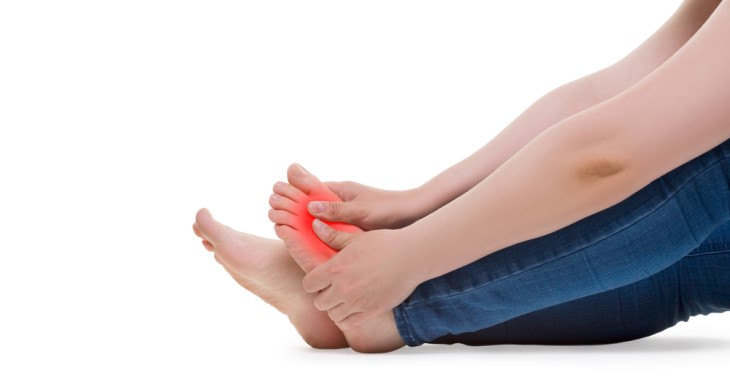
Morton's Neuroma typically arises from the thickening of tissue around the nerves leading to the toes, producing a sensation akin to stepping on a pebble that isn't there. The condition frequently afflicts those who wear high heels or tight shoes, emphasizing the importance of footwear that provides ample space for the toes to move freely. Treatment strategies focus on relieving the pressure on the nerves, ranging from the simple switch to more accommodating shoes, to the use of pads within the shoe, and in cases where discomfort persists, medical options such as steroid injections or surgical intervention may be considered.
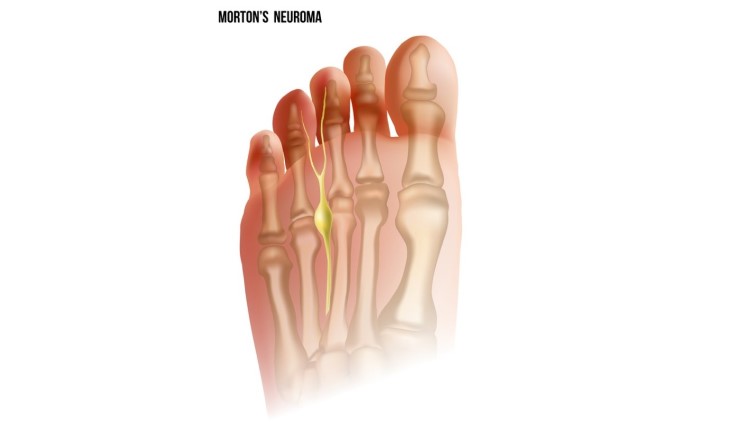
As the skin ages, it produces less oil and elastin, making it drier and less elastic. This condition is particularly troublesome for the heels, where dry, cracked skin can become painful and even lead to infection. Management involves a regimen of deep moisturizing with creams that contain exfoliating agents, regular removal of dead skin with a pumice stone, and the daily application of moisturizers. In instances where over-the-counter solutions fail to provide relief, prescription-strength ointments may be necessary.
Plantar fasciitis, a common source of heel pain, results from inflammation of the plantar fascia, the ligament that stretches across the bottom of the foot. This condition often stems from overuse or excessive pressure on the foot, particularly in individuals with high arches or excess weight. Treatment focuses on alleviating the inflammation and supporting the foot to prevent further strain, incorporating rest, ice, over-the-counter pain relievers, and stretching exercises designed to strengthen the calf muscles and reduce tension on the plantar fascia.
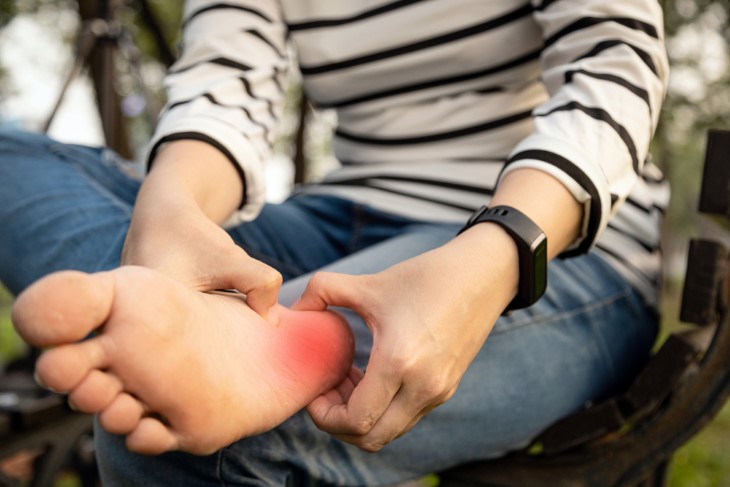
Ingrown toenails occur when the edge of a toenail grows into the surrounding skin, causing pain, swelling, and potentially leading to infection. Factors such as improper nail trimming, tight footwear, and conditions like diabetes can increase the risk. Preventative measures include proper foot hygiene, appropriate nail cutting techniques, and wearing shoes with sufficient room for the toes. In more severe cases, removal of part of the nail by a healthcare professional may be necessary to alleviate the condition.
Osteoarthritis in the feet is a testament to a lifetime of use, where the gradual breakdown of cartilage leads to pain and stiffness in the joints. This degenerative condition is more common in individuals over the age of 65 and can significantly impact mobility and quality of life. Management strategies include physical therapy to maintain joint mobility, pain relief medications, and in some cases, orthotic devices to support the foot and reduce pressure on the affected joints.
Contrary to the common perception that flat feet are a condition only of childhood, adults can acquire flat feet due to factors such as injury, obesity, diabetes, and high blood pressure. This condition leads to pain and an altered gait as the tendons supporting the arch of the foot become damaged. Treatments vary from supportive orthotics that help distribute foot pressure evenly, to physical therapy, braces, or even surgery in severe cases to restore functionality.
The Achilles tendon, vital for walking, climbing, and running, becomes more susceptible to injury as blood flow decreases with age. Symptoms include pain at the back of the ankle, which can escalate to significant injuries if left untreated. Early intervention with rest, ice, and anti-inflammatory medication can prevent further damage, but persistent or severe cases might require surgical repair.
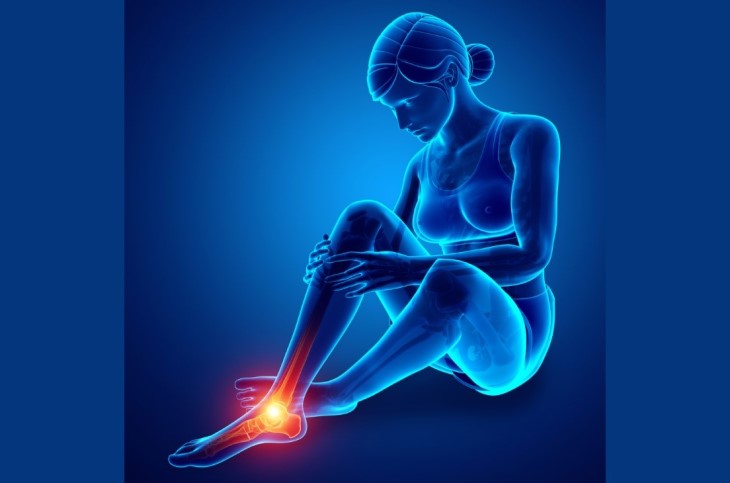
Diabetes can wreak havoc on foot health, leading to a range of complications from neuropathy to serious infections. The loss of sensation means injuries can go unnoticed and untreated, potentially leading to ulcers and even the necessity for amputation. Management focuses on meticulous foot care, regular monitoring for any changes or injuries, and strict blood sugar control to minimize risk.
Gout, a form of arthritis caused by excess uric acid, and bunions, from the misalignment of the big toe, both lead to significant foot pain and can impede daily activities. Gout treatments include medication to reduce uric acid levels and lifestyle changes to avoid triggers, while bunions may require padding, modified footwear, or surgery to correct the deformity and alleviate pain.
Bone spurs and bursitis are conditions that can cause foot pain through abnormal growths and inflammation, respectively. Spurs result from osteoarthritis or tendon strain, while bursitis is caused by repeated motion or pressure. Both conditions benefit from conservative treatments such as ice, rest, and NSAIDs, with more severe cases possibly requiring surgical intervention.
Hammertoe and claw toe deformities cause the toes to bend into abnormal positions, leading to discomfort and difficulty with footwear. These conditions can be managed with special shoes or inserts to relieve pressure, exercises to maintain flexibility, and in some cases, surgery to correct the deformity.
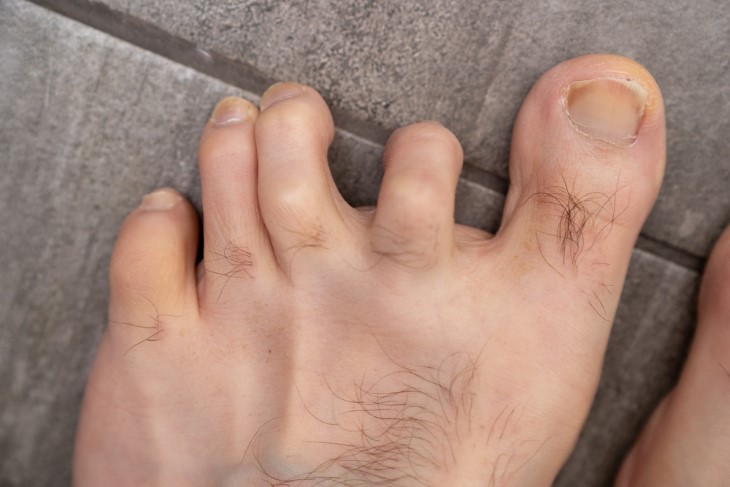
The risk of stress fractures increases with age due to decreased bone density, requiring rest and possibly medication for healing. Fungal infections also become more prevalent, with treatment focusing on antifungal medications. Both conditions underscore the importance of preventive care and early treatment to maintain foot health and mobility.